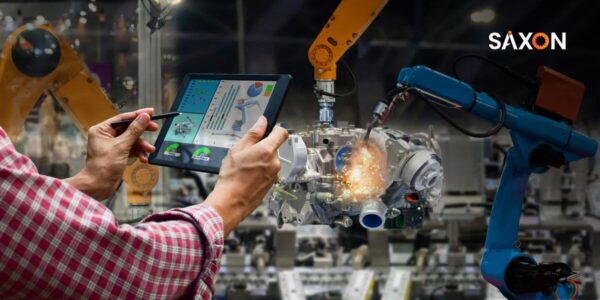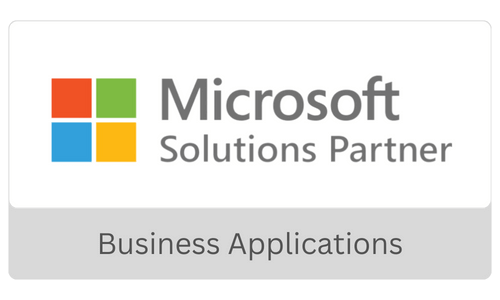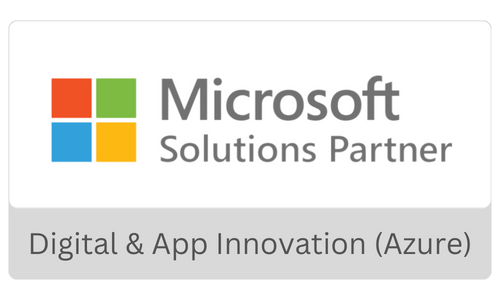Over the last few years, most of us have encountered “Let’s chat” option with many businesses that we interact. But so far, the rule-based chatbots that many companies deployed have proved to be a mixed bag. Only 5-10% of the customers could resolve their issues during their first interaction with chatbots. Most customers expect their problems to fix in less than 10 minutes with 24/7 self-service.
With the evolution of deep learning and open-source AI language models, organizations leveled up their Conversational AI adoption. The more sophisticated Conversational AI tools – smart chatbots, virtual assistants, voice assistants, and mobile assistants are gaining traction across business functions.
The Adoption and Growth
As per the data from Conversational AI platform vendors, the volume of interactions handled by the conversational agents increased by 250% across industries. A recent survey also reported that 90% of companies experienced faster issue resolution, and 80% reported increased call volume processing with Conversational AI.
As per Markets and Markets, the global Conversational AI market will grow at a 22% CAGR during 2020-25. Also, Gartner reported that 70% of white-collar workers would frequently interact with Conversational AI systems by 2022.
Conversational AI also pushed the capabilities of chatbots. As per Business Insider, chatbots to drive $142bn retail sales by 2024, close to a 5000% increase between 2019-2024.
Besides that, more than 70% of customers now prefer to interact with chatbots as they shift from rule-based systems to ML-powered chatbots. The NLP/NLU-powered chatbots now understand the context and intent of the customer before actually arriving at a solution. The voice assistants adoption also increased significantly, with most online transactions done through mobile and voice commands.
Are you looking to implement Conversational AI? Watch out for these trends and future apps to plan your strategy.
Conversational AI – A few Trends to Watch
Efficiency in training Conversational AI Agents
As per Deloitte, most businesses faced challenges training a rule-based chatbot during the last few years. They required significant manual workloads and took around six to nine months to implement. As a result, nearly 50% of businesses abandoned chatbot usage.
Rule-based chatbots could not capture the interactions’ context, intent and complexity. Though advances for made in the underlying technology with machine learning and NLP, training the AI models is still a concern. Hence, it has become critical to focus on automation and training process acceleration to improve understanding of input queries and response quality.
Detection and mitigating bias in training data, learning from past interactions, and providing responses in a few iterations are possible ways to accelerate the training process.
Handling complex interactions
Imagine using your virtual assistant to free up your calendar for a day, book flight tickets and arrange for a cab to reach the airport and plan personal work. It looks exciting. But, the current conversational AI platforms may not handle such complex queries.
The current conversational bots only handle simple and short queries. They cannot understand multiple intents in a single voice/chat command. So this may frustrate the user at times.
As per the analysis of patents filed in Conversational AI from Deloitte, a new ‘concept lattice’ technique is evolving to manage multiple facets of conversations effectively and asynchronously. Concept lattice is about building topic-independent agents to create a dialog structure that can guide the discussion automatically.
Personalization
Around 65% of consumers expect businesses to understand their needs before interacting. Conversational AI can deliver personalized responses by understanding the intent, consumer behavior, past interactions, and emotions.
Personalization can improve the user experience and business outcomes and reduce operational costs, providing significant advantages for chatbot adoption. Also, the vast amount of data collected from user patterns can help brands deliver better customer service and uncover new revenue streams. Customer loyalty and trust have a long way to go to improve customer experience.
Supporting multiple use cases
Conversational AI seems to deliver efficiencies through many interactions we face with devices, services, and products. Let us look at the four common use cases that Conversational agents can serve.
- Informative – Conversational AI is mainly used to find information and enable transactions on the website or resolve queries. Imagine a shopper doing product research on your website. Conversational AI can analyze the shoppers’ actions and past interactions to offer customized product recommendations for their needs. Instead, the bot can share this information if the shopper prefers to interact with a human agent to enable positive outcomes.
- Productivity – AI can improve the teams’ productivity too. By leveraging Conversational AI, you can analyze your past customer interactions and bucket them according to customer satisfaction. If a customer poses a similar challenge, agents can look at the information and provide a similar solution as in the past.
- Enabling transactions – Conversational AI can also help people to move ahead with their conversions. You can book a cab, movie, or flight ticket with it. Retail sales received a big jump with Conversational AI during the pandemic. 56% of online shoppers purchased their groceries with ConversationalAI even before the pandemic.
- Controlling devices – It can help customers with smart home equipment too. You can automatically instruct to turn the lights/electronic devices in your home environment with smart voice bots.
Connecting with people on multiple channels
Today, consumers are available on multiple channels. Statista says over 3.09 billion people used over-the-top messaging apps on mobile in 2021. 5bn+ people use SMS, 2bn people use WhatsApp, and 2.9bn people use Facebook monthly. Hence, brands need to address customer issues on multiple channels. In the past, rule-based chatbots could not cater to such varied needs. But the Conversational AI solutions available right now can help you to interact with customers on multiple channels.
The C-suite and industry visionaries are already mapping their strategy to leverage Conversational AI for their customers and employees. Hence the new Conversational Enterprise is evolving.
How to become a Conversational Enterprise?
As organizations integrate conversational AI into their internal and external workflows, they tend to traverse toward a Conversational Enterprise. Organizations that leverage bots to interact and improve efficiencies for customers, employees, and other stakeholders seem to gain significantly in customer experience and profit margin.
- The first and foremost step to moving toward a Conversational enterprise is to analyze the existing business landscape and choose the common use cases to transform with Conversational AI.
- The development of any AI system or bot requires high-quality data. The AI models may not be reliable without solid data engineering practice. Analyze your data landscape and establish the best data engineering strategy before you proceed with Conversational AI.
- Identify the tools, platforms, and needed technical skills to implement AI solutions. Outsourcing the implementation with an experienced vendor can help you improve your RoI.
Are you ready to start your Conversational AI journey? We can help you build a chatbot with advanced ML capabilities in a week. Get in touch with us for more information.
















